May
- National Foster Care Day, May Day, Law Day, National Loyalty Day, National Mother Goose Day, School Principals’ Day.
- National Truffle Day (Chocolate or the mushroom kind?).
- National Textiles Day, National Garden Meditating Day, National Lumpy Rug Day, National Paranormal Day, National Specially-Abled Pets Day, National Two Different Colored Shoes Day.
- Bird Day, National Candied Orange Peel Day, National Orange Juice Day, National Star Wars Day, National Space Day, National Weather Observers Day, School Lunch Hero Day, National Renewal Day.
- National Astronaut Day, National Silence The Shame Day, National Cartoonists Day, Cinco De Mayo, Join Hands Day, National Bombshells’ Day, National Totally Chipotle Day, National Scrapbook Day, National Train Day, National Start Seeing Monarchs Day. (Whew! That’s a lot of things to celebrate in just 24 hours!)
- National Beverage Day, National Crepe Suzette Day, National Nurses Day, National Lemonade Day.
- National Barrier Day, National packaging Design Day, National Paste-Up Day.
- National Coconut Cream Pie Day, National Have a Coke Day, National Student Nurse Day, National Teacher Appreciation Day.
- National Sleepover Day, National Lost Sock Memorial Day (RIP), National School Nurse Day, National Bike To School Day.
- National Clean Up Your Room Day.
- National Eat What You Want Day, National Twilight Zone Day, National Provider Appreciation Day.
- National Dog (frog, too?) Mom’s Day, National Limerick Day, National Odometer Day, National Archery Day, National Birth Mother’s Day.
- National Frog Jumping Day (!!), Mother’s Day, National Apple Pie Day.
- National Buttermilk Biscuit Day, National Dance Like A Chicken Day, National Underground America Day.
- National Chocolate Chip Day, Peace Officers Memorial Day.
- National Juice Slush Day, National Biographer’s Day, National Love A Tree Day, National Sea Monkey Day.
- National Graduation Tassel Day, National Cherry Cobbler Day, National Pack Rat Day.
- National No Dirty Dishes Day, National Visit Your Relatives Day, National Bike To Work Day, National Endangered Species Day, National Pizza Party Day, NASCAR Day.
- National May Ray Day, National Learn To Swim Day.
- National Rescue Dog Day, National Be A Millionaire Day, National Pick Strawberries Day, National Take Your Parents To The Playground Day.
- National American Red Cross Founder’s Day, National Memo Day, National Waitstaff Day.
- National Solitaire Day, National Buy A Musical Instrument Day, National Maritime Day.
- National Lucky Penny Day, National Taffy Day, Emergency Medical Services For Children Day.
- National Scavenger Hunt Day, Brothers Day, Red Nose Day.
- National Brown-Bag It Day, National Missing Children’s Day, National Tap Dance Day, Towel Day, National Don’t Fry Day, National Heat Awareness Day.
- National Blueberry Cheesecake Day. (Or make this a celebratory day of your own choosing!)
- National Cellophane Tape Day, National Grape Popsicle Day.
- Memorial Day (US), National Hamburger Day.
- National Paperclip Day.
- National Creativity Day, National Hole In My Bucket Day, National Water A Flower Day (Just not with the aforementioned bucket…), National Senior Health And Fitness Day.
- National Autonomous Vehicle Day, National Save Your Hearing Day, National Speak In Sentences Day.
Peace.
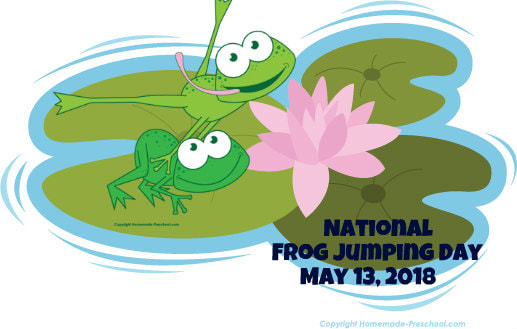


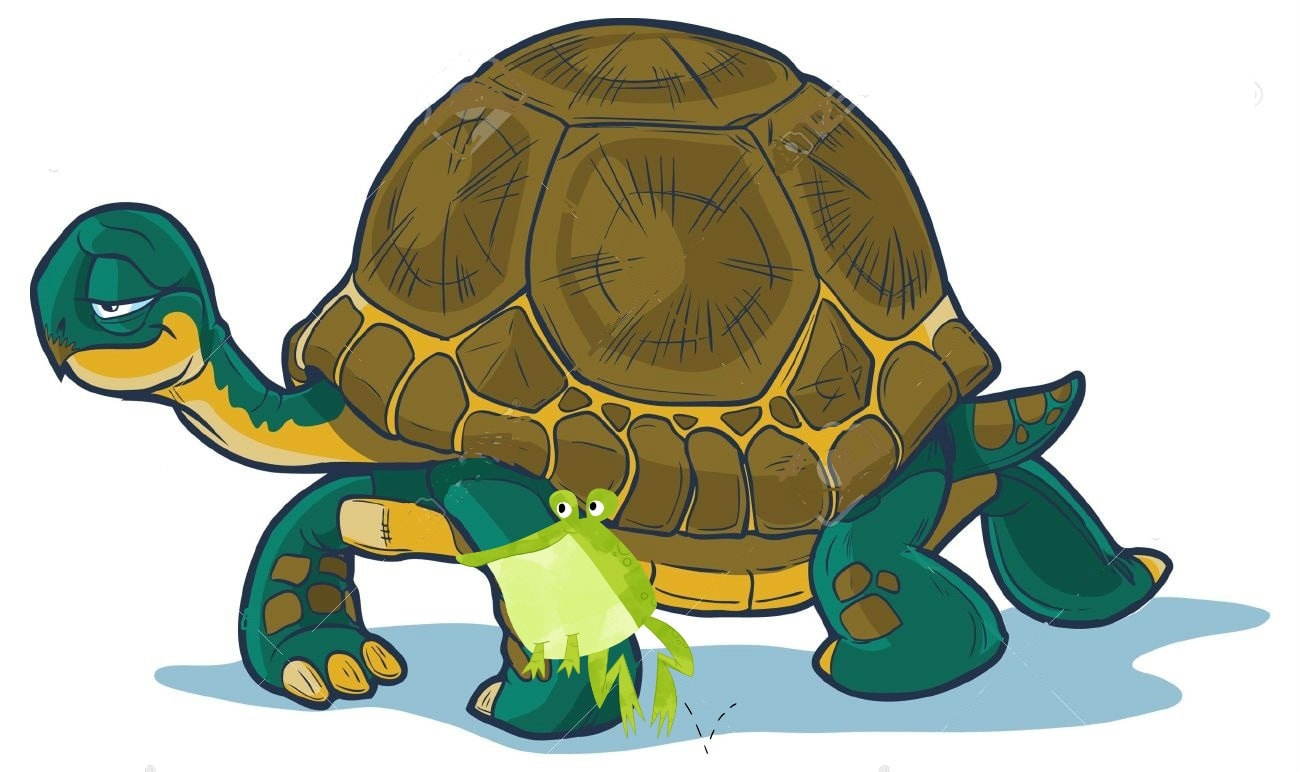
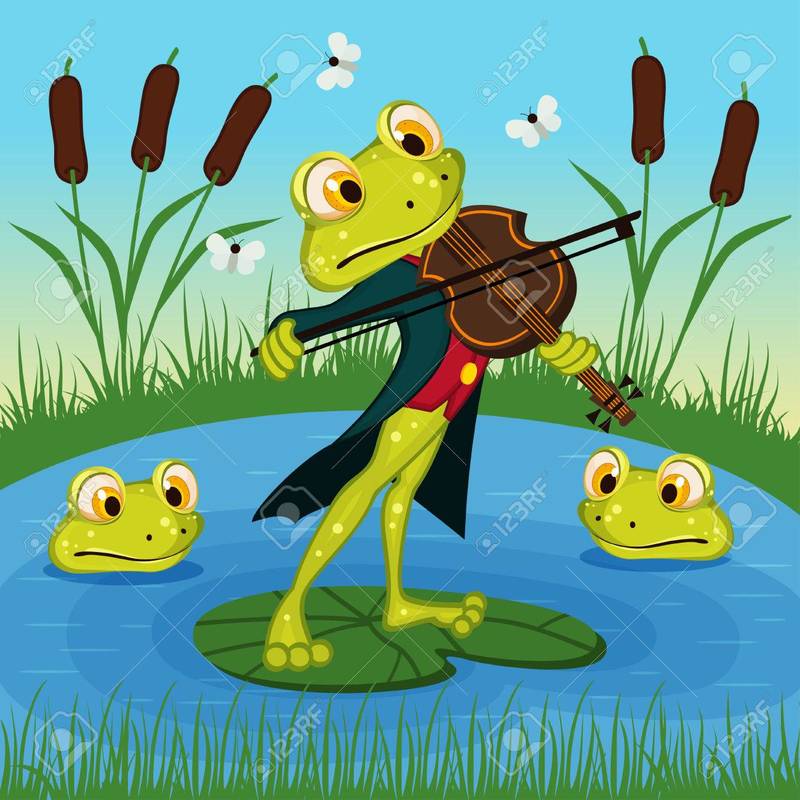
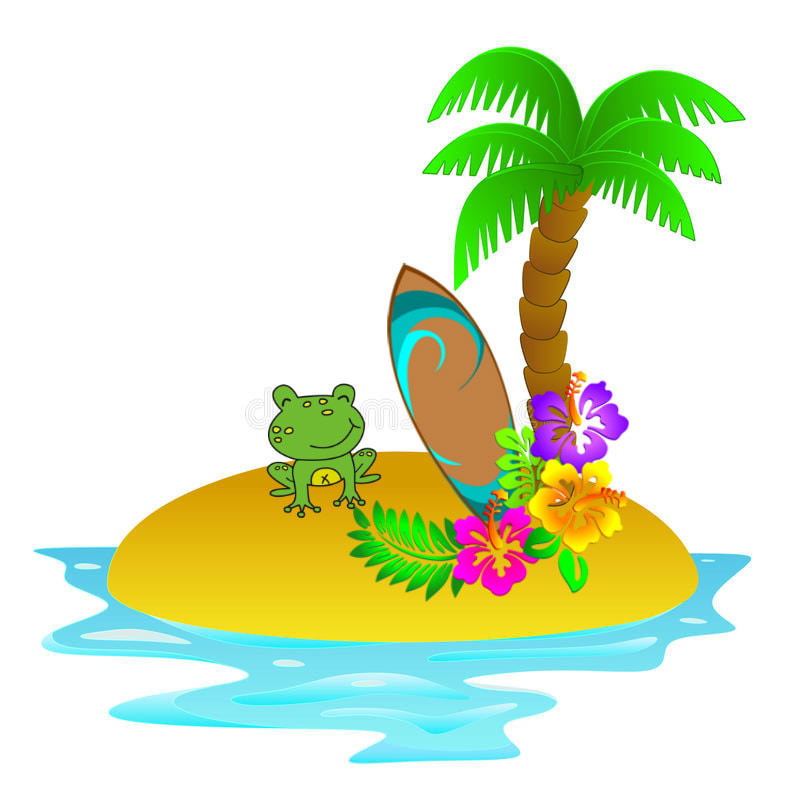
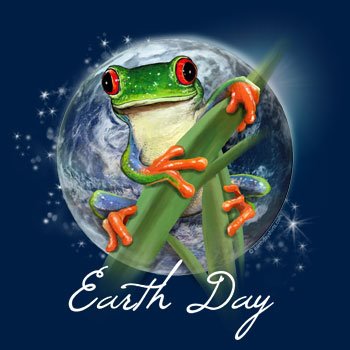
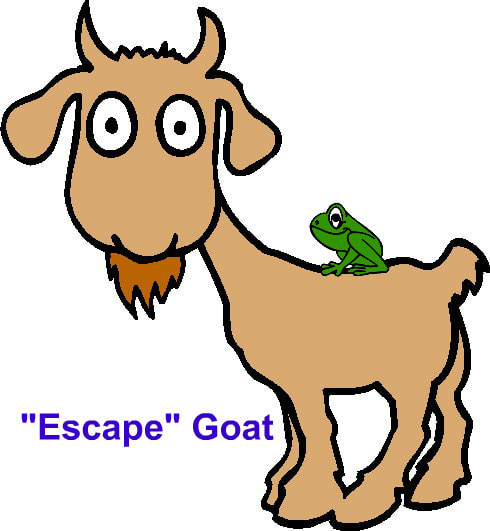
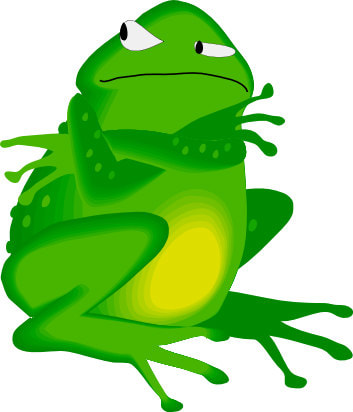

 RSS Feed
RSS Feed